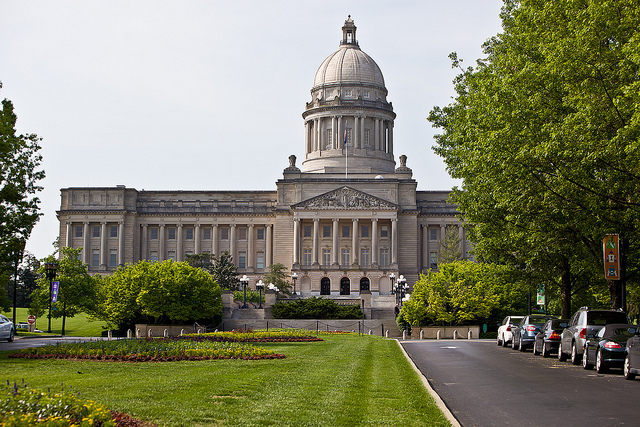The Environmental Protection Agency is poised to limit carbon pollution from existing power plants, following President Obama’s Climate Action Plan announced last summer. The states will have a leadership role in designing plans to achieve the reductions in the most cost-effective way.
Lead, Follow, or Get Out of the Way
Some states (like California, RGGI members) have been leading the charge on capping heat-trapping emissions from power plants for years now.
Others try to ignore the clear and present danger that climate change poses to society.
They are being spurred on by the Koch-funded group ALEC, which is desperately trying—and failing—to repeal state-level renewable electricity standards. Happily, they most recently failed in the Kochs’ home state of Kansas.
Or Worse
In the midst of these ongoing failures, ALEC and company have turned their attention to preempting the EPA’s carbon pollution standards at the state level, oblivious to NRDC’s analyses showing the EPA’s standards will help protect the climate and yield up to $60 billion in avoided damages in 2020.
ALEC’s efforts are not only misguided; they’re premature, since the EPA hasn’t even proposed the standards! But that hasn’t stopped them from pushing bad bills in Kansas, Kentucky, West Virginia, Virginia, Arizona, Missouri, and Florida, along with a number of toothless resolutions in 14 states.
These ALEC bills will do little to stop EPA from limiting carbon pollution, required by federal law. Instead, they will hamstring state regulators, forcing them to submit plans that the EPA will ultimately not be able to approve.
The result is that these states will be left with a less flexible and more expensive federal plan and will essentially forfeit their role in designing the compliance mechanism.
States Can Meet the Challenge
Rather than caving to fossil fuel special interests, states should collaborate on regional efforts to achieve greater emissions at lower cost using cost-effective and readily available renewables and efficiency.

